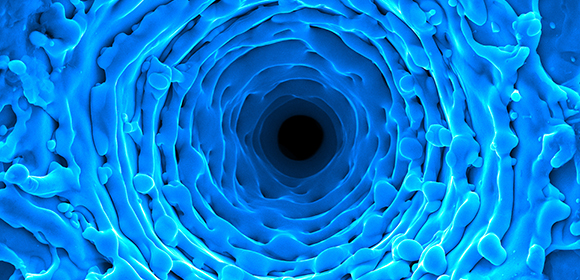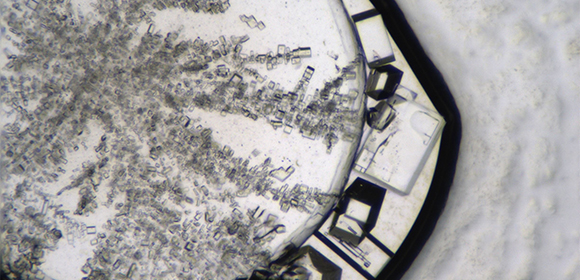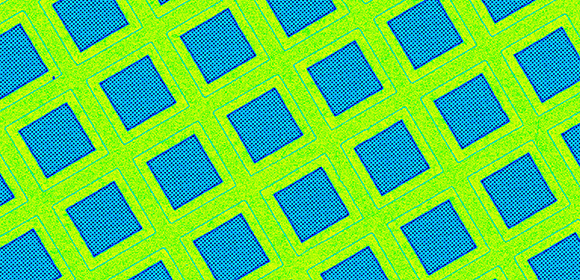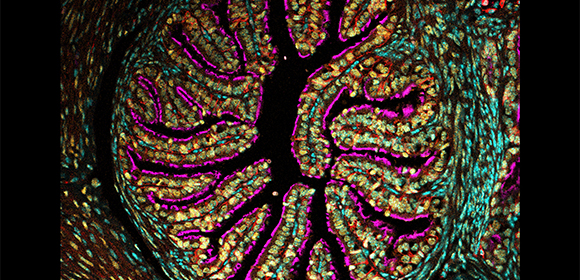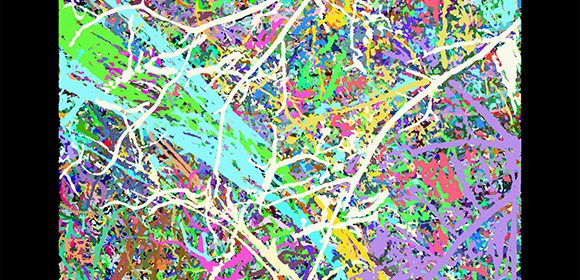Bad aberrations
Even high-tech modern microscopes are subject to aberrations: undesired properties in optical systems that cause light to be spread out rather than being focused to a small spot. Aberrations add unwanted and misleading artefacts, reducing overall image quality and impairing analysis.
Michael’s video shows the effects of different aberrations on the point spread function (PSF), a measure of quality of microscope images. Three panels (top left and right, and bottom left) show cross-sections of the PSF; the fourth panel (bottom right) shows the pupil function, a calculation in two dimensions that displays all the information contained by the three-dimensional PSF.
The ideal PSF, as seen at the start of the video, should be as small as possible and high in intensity, signal-to-noise ratio and symmetry. The aberrations that follow – spherical, astigmatism, coma, trefoil, and higher-order combinations – show distorted PSFs, either stretched or asymmetric, reducing the resolution and accuracy of the image.


